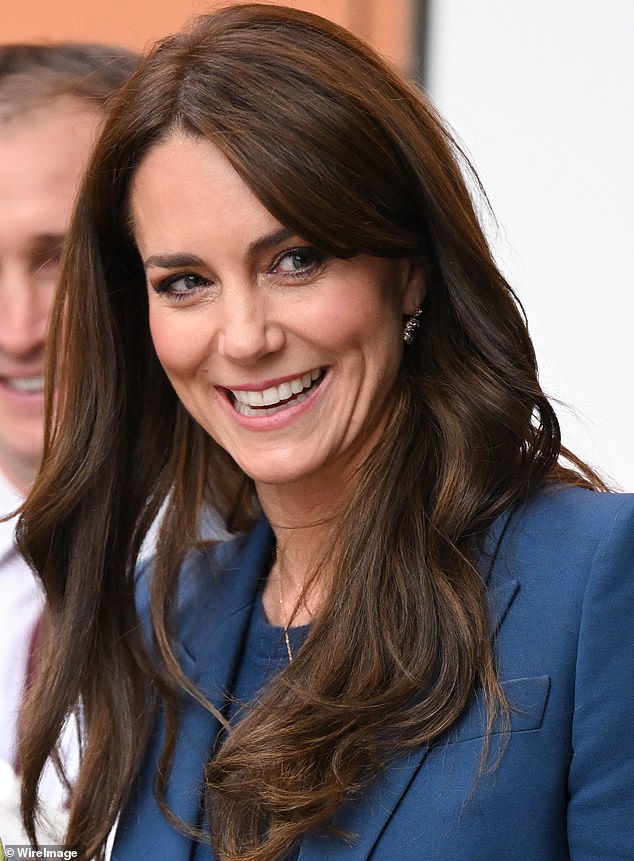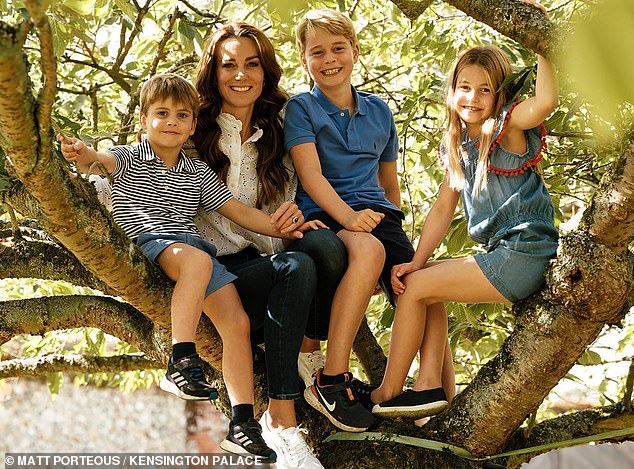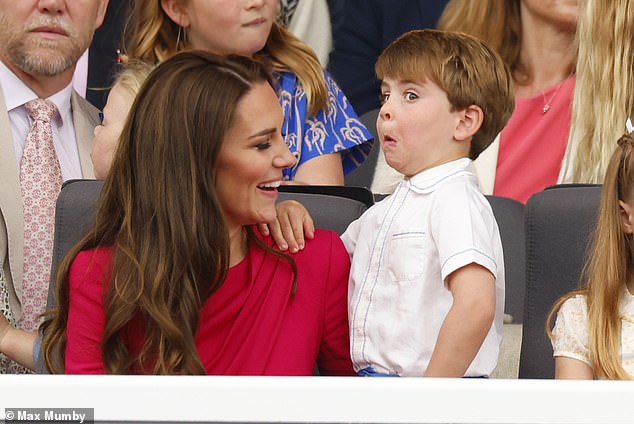<!–
<!–
<!– <!–
<!–
<!–
<!–
As an oncologist with almost 50 years of experience, I am pleased to say that what Kate has told us (along with the extraordinary advances in the field of cancer care in the last decade in particular) gives me great reason to be optimistic.
When I started in medicine, cancer was a dirty word and everyone received the same treatment, mostly in the form of one-size-fits-all chemotherapy.
Today, we tailor treatment to the patient, supported by enormous advances in molecular and genomic analysis. By examining cancer cells in a pathology laboratory, doctors can establish a lot in terms of whether the cancer has spread and the exact risks of it coming back.
This is what will, in part, have explained the five-week delay between the Princess’s surgery in mid-January and the fact that she started chemotherapy at the end of February.

The fact that Kate has stated that she is now receiving preventive chemotherapy suggests that tests show that her cancer has not spread.
Laboratory data may take a couple of weeks to collect, while doctors will not have wanted to start any type of treatment until the surgery wounds have healed.
Fortunately, the fact that Kate has stated that she is now receiving preventive chemotherapy suggests that tests show that her cancer has not spread. If so, she would be receiving a more aggressive form of chemotherapy treatment.
Instead, you’ll likely be receiving “adjuvant” chemotherapy, from the Latin adjuvare (“to aid” or “help” future health). This usually occurs if doctors believe there is a greater than five percent chance that the cancer will return; A lower probability is considered low risk and no further treatment is considered necessary.
This applies to all cancers, while the risk ratio varies from country to country: in the United States it is two percent, not five.
Patients have a choice: Some, particularly the elderly, may weigh the debilitating effects of chemotherapy against their likely overall life expectancy and decide against it.
A course of chemotherapy, which for all cancers is usually given over a period of four to six months with intervals of two to three weeks, allows normal critical tissues, such as bone marrow and skin cells, to recover.


I was very struck by her positivity and calm character, which should undoubtedly help her a lot in her recovery, says Karol Sikora.
The fact that Kate revealed that she had started chemotherapy in late February suggests that she has undergone one cycle and is preparing for another, or is currently undergoing another.
Anyone who has gone through a treatment like this knows that it is not easy at all. Unfortunately, some difficult side effects are normal.
The main one is enormous fatigue, which tends to worsen as treatment progresses, while many patients report uncomfortable tingling in their legs due to damage to the nervous system.
As for hair loss, that varies. Breast cancer patients can’t avoid it because of the type of drugs used, but those receiving treatment for other forms of cancer seem to do better. Young people are blessed with greater energy and tend to weather the debilitating effects of treatment better.


Kate with Prince Louis during Queen Elizabeth II’s Platinum Jubilee celebrations
For all patients, gentle exercise is helpful, while stress certainly is not.
I have been very struck by her positivity and calm character, which should undoubtedly help her a lot in her recovery.
Years on the medical front lines have shown me that people who have an optimistic attitude seem to handle the adversity of chemotherapy treatment better than others.
As one of them, I’m sure Kate will prevail.
Professor Karol Sikora is a consultant oncologist in London and former director of the WHO Cancer Programme.

